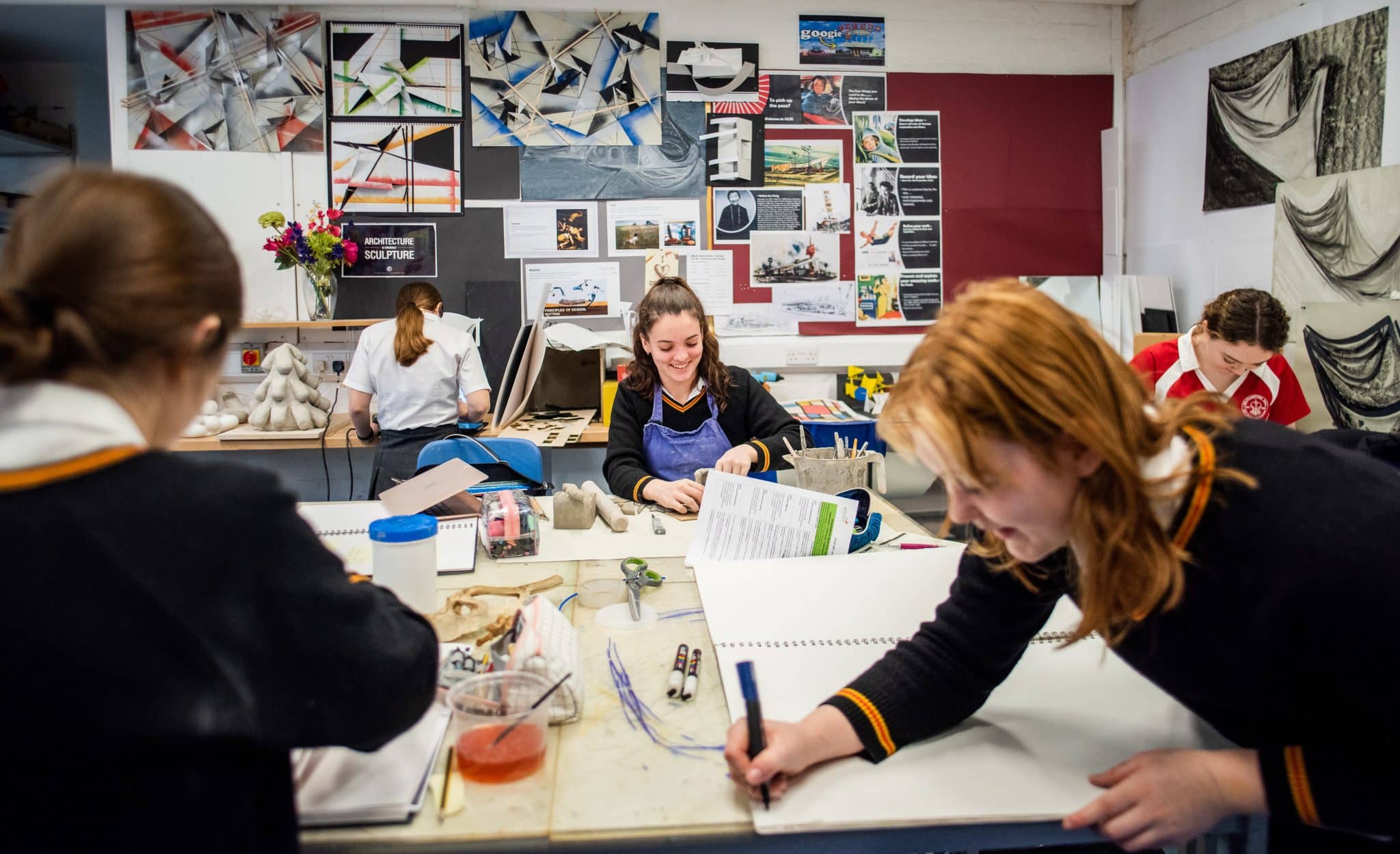Sustainability Strategy
WALTHAMSTOW HALL
ENVIRONMENTAL AND SUSTAINABILITY STRATEGY
References:
- Net Zero Strategy: Build Back Greener. HMG. October 2021
- Heat and Buildings Strategy. HMG. October 2021
- The Ten Point Plan for a Green Industrial Revolution. HMG. November 2020
- Energy White Paper: Powering our Net Zero Future. HMG. December 2020
- DfE; Top Tips for Sustainability in Schools. 1 February 2012
- National Governance Association; Developing a whole school approach to Environmental Sustainability: A guide for governing boards. November 2020
- National Association for Environmental Education (NAEE); Developing Sustainability: Helping School Governors Influence Whole School Approaches
- Target Zero: Becoming a Sustainable School (Parts 1, 2 & 3). ISBA. 2021-22
All organisations and individuals continue to have a role to play in reducing greenhouse gas emissions. Recent announcements indicate that 2023 will be the warmest on record with September 2023 seeing an average global surface temperature 0.5degrees above the previous warmest September and 1.75degrees above pre-industrialisation average. Whilst the UK Government has recently issued new timescales for stopping the sale of petrol and diesel vehicles, it s still aiming for Net Zero by 2050.
The Governors of Walthamstow Hall fully endorse and support the need to become a Net Zero Carbon business. The societal, economic and technological consequences of this challenge cannot be overstated. As a school, we have a central role to play in educating our pupils (and parents) and staff about the importance of environmental sustainability. By educating our pupils and providing them with the knowledge, skills and a desire to affect positive change, we aim to empower the next generation to become the leaders and problem-solvers of the future. In addition, as a School, we must lead by example and are committed to achieving Net Zero.
The planned audit of the School’s carbon production was delayed and is now planned for 2023/2024. Once the School knows what impact we have on the environment, we will develop the strategy and plans to maximise improvements.
This strategic vision provides a high-level view and direction for the School and its stakeholders. This will be supported by a detailed operational plan, managed by the School Management Team. The Plan will be developed and populated with goals over the forthcoming years in order to deliver the strategy. The aim is to achieve Net Zero and to engender a positive impact on both environmental sustainability and resource management.
Strategic Aim
To become a Net Zero contributor of greenhouse gases by 2050 and meet and, where possible, exceed all current and future national environmental legislative and regulatory requirements.
In order to put sustainability at the heart of the School’s development there will be a requirement to educate our community and stakeholders about environmental issues and by adopting effective sustainability practices that have a positive impact on local, national and international communities.
‘Sustainability’ will be a core objective in the School Development Plan (SDP) and we will work hard to embed environmental sustainability into our thinking and actions.
Strategic Objectives
Consider environmental factors in all decisions and activities including giving due consideration to environmental issues and energy performance in the design, refurbishment, and use of our buildings and activities
To use 100% renewable energy sources.
Increasing Solar Power capacity within the School in order to reduce reliance on national power providers.
Introduce battery storage to support power generation on site.
Investigate potential for Wind Power on site.
To replace gas boilers with sustainable ‘green’ or low-carbon replacement systems by 2045.
Reduce emissions from School and stakeholder vehicles. The School has developed a School Travel Plan in conjunction with KCC with the following objectives;
Encourage walking and cycling to work / School.
The School was awarded KCC funds and built a new bike shed to support cycling. The target is to increase the % of pupils travelling by bicycle to 5%
Encourage use of School transport and car sharing.
The School supports and encourages the use of the WHF&P initiative to use the ClassList App which includes the ability to coordinate car sharing. The target is to reduce the % of pupils arriving/departing by car (alone) from 43% to 40%
Introduce replacement Electric Minibuses.
Provide a network of recharging points for School vehicles and staff vehicles (on a chargeable basis).
Improve Building Energy Performance to EPC Band B by 2030 (where cost effective).
Measure and take action to reduce the carbon footprint of our activities and ensure our buildings and services are able to adapt to environmental change.
Improve energy efficiency and minimise heat loss across the Estates.
Reduce energy consumption across the Estates by at least 20% by 2030.
Investigate options to reduce the heating costs of the Swimming Pool.
Monitor, manage and minimise use of water.
Minimise the amount of waste produced and encourage greater reuse in recycling.
To ensure we meet our commitments, we will undertake periodical monitoring and pledge to review our environmental performance and take corrective action where necessary.
This strategy will be reviewed annually
November 2023



